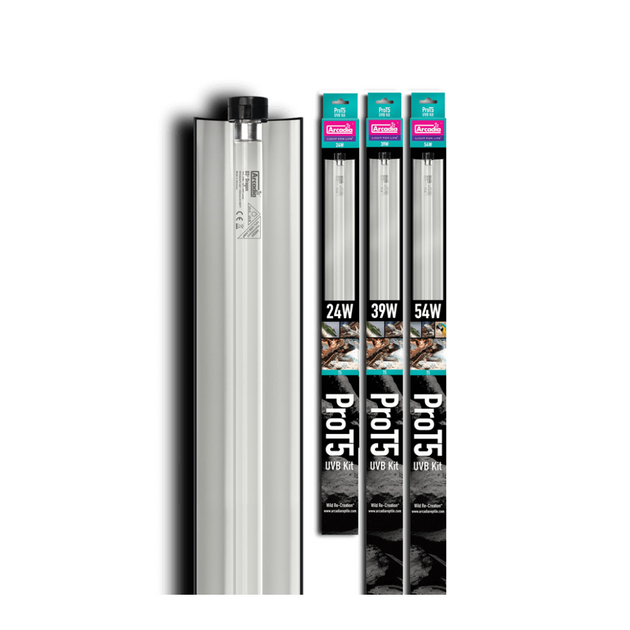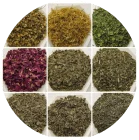LeahK
Active Member
Hey everyone! I am totally new to this forum. However, I’ve had my Russian tortoise Tywin for just over 6 months now. I bought him from a pet store and got caretaking instructions from them. I wanted to come here for some good advice!
This is a long and rambling post, and I’m sure all my questions have been answered elsewhere. If you could even share links to resources, I’d really appreciate it!
I have so many questions now.
Yesterday, I noticed that the shell on Tywin's belly was cracked! I went into panic mode and got him to a vet today. I’ve attached a photo of his chip. The vet said he was otherwise healthy, and gave me antibiotics, and shaved down the shell around the area.
I am pretty sure he got chipped from a “food dish” I bought off amazon, that’s also supposed to file his nails. I really messed up there - it had a sharp edge, and the vet told me his nails don’t need to be filed anyway.
I don’t want him to get hurt again through my incompetence, so I’m here to ask for help and to make sure I can keep tywin happy.
I have also attached a picture of his current enclosure set up (without the little water dish he has). It’s 4’x2’, and Tywin is about 6-7 inches long. I want to look more into building enclosures on this forum, but since I’m busy with work for the next few months, is this sufficient? Also, he has the lights (that the pet store sold me) that I now know are wrong for tortoises, after browsing on the forum. Are there places online I can buy better lights?
I use oat hay as his substrate, as the pet store told me that he’s a very messy eater. I keep the hay dry, and clean and replace it regularly. Is this something I should switchup?
I soak Tywin once a day, in the mornings. I also keep a very small water dish in his cage that he rarely uses. I do not check the humidity of his enclosure at all, or spray anything. Is this something that is necessary for Russian torts?
Tywin absolutely lovesssss radicchio, so I basically give it to him every day. Is it bad to let him eat the same thing every day, even if I change other greens up? Otherwise, the vet told me today that he needs more fiber in his diet (as she saw him do a massive, wet poop at the vet today lol).
Finally, he’s a very active and curious tortoise. Even the vet commented on it today! He does not stay still and was trying very hard to explore. Since building a Very massive enclosure in my apartment is not feasible right now, what can I do to make sure he has the space to explore?
Thank you so much for any advice you can give me! I really appreciate it. I look forward to learning more from this forum!


This is a long and rambling post, and I’m sure all my questions have been answered elsewhere. If you could even share links to resources, I’d really appreciate it!
I have so many questions now.
Yesterday, I noticed that the shell on Tywin's belly was cracked! I went into panic mode and got him to a vet today. I’ve attached a photo of his chip. The vet said he was otherwise healthy, and gave me antibiotics, and shaved down the shell around the area.
I am pretty sure he got chipped from a “food dish” I bought off amazon, that’s also supposed to file his nails. I really messed up there - it had a sharp edge, and the vet told me his nails don’t need to be filed anyway.
I don’t want him to get hurt again through my incompetence, so I’m here to ask for help and to make sure I can keep tywin happy.
I have also attached a picture of his current enclosure set up (without the little water dish he has). It’s 4’x2’, and Tywin is about 6-7 inches long. I want to look more into building enclosures on this forum, but since I’m busy with work for the next few months, is this sufficient? Also, he has the lights (that the pet store sold me) that I now know are wrong for tortoises, after browsing on the forum. Are there places online I can buy better lights?
I use oat hay as his substrate, as the pet store told me that he’s a very messy eater. I keep the hay dry, and clean and replace it regularly. Is this something I should switchup?
I soak Tywin once a day, in the mornings. I also keep a very small water dish in his cage that he rarely uses. I do not check the humidity of his enclosure at all, or spray anything. Is this something that is necessary for Russian torts?
Tywin absolutely lovesssss radicchio, so I basically give it to him every day. Is it bad to let him eat the same thing every day, even if I change other greens up? Otherwise, the vet told me today that he needs more fiber in his diet (as she saw him do a massive, wet poop at the vet today lol).
Finally, he’s a very active and curious tortoise. Even the vet commented on it today! He does not stay still and was trying very hard to explore. Since building a Very massive enclosure in my apartment is not feasible right now, what can I do to make sure he has the space to explore?
Thank you so much for any advice you can give me! I really appreciate it. I look forward to learning more from this forum!





